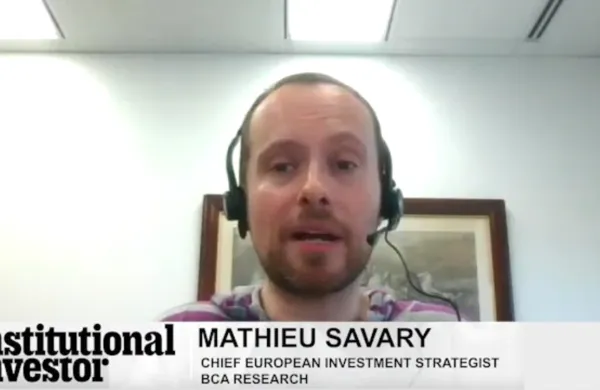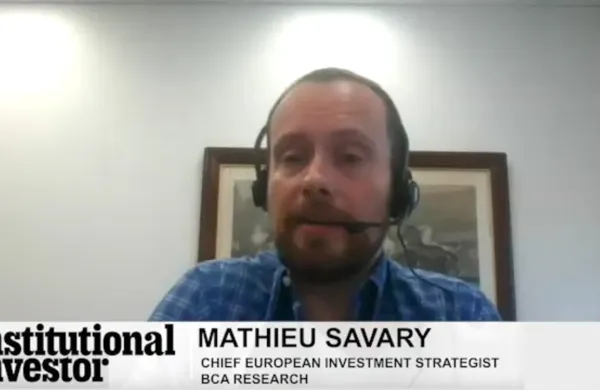European bank regulators are “steering full speed in different directions,” said Raiffeisen Bank International CEO Herbert Stepic on February 23 after unveiling a positive set of financial results for the Vienna-based lender. While lavishing praise on the European Central Bank’s long-term refinancing operations (LTROs) to boost liquidity in the euro zone’s banks, he said he was “angry about the time pressure to fulfill the European Banking Authority’s capital requirements.”
His remarks came shortly before the second round of 3-year long-term refinancing operations on February 29 and as euro zone banks battle to raise capital following the EBA’s ruling on December 9 that euro zone banks had to raise a total of €114.7 billion by June 30 to bolster their capital buffers. The Association of German Banks and the Italian Banking Association, the ABI, have also warned of adverse economic consequences from the EBA’s moves.
Stepic said that while Raiffeisen had accepted the EBA’s ruling, “We only have six months. It’s a nuisance, and there is a significant danger that liquidity could be impacted at a time when the banks need to concentrate on lending.” Although Stepic believes Raiffeisen, one of the biggest lenders in Central and Eastern Europe (CEE) can raise its required €2.1 billion by June without shedding assets, the bank has contingency plans to deleverage in case there are difficulties in the markets. He declined to give details, however, stressing that the bank had increased lending by 8 percent in 2011 to €82 billion, while total assets had increased by 12 percent to €147 billion.
Raiffeisen also raised its core Tier 1 capital ratio to 9.3 percent as of the end of December 2011, compared to 7.9 percent at the end of the third quarter. Profits before tax were up 6.7 percent on 2010 to €1.373 billion. Stepic said the results showed that risks were lower in the CEE region than in western Europe, adding that continued GDP growth in the bank’s core markets meant prospects were good. Over 50 percent of the bank’s balance sheet is exposed to CEE countries. He also argues that fears of deleveraging in the CEE region are overdone: Stepic believes that total deleveraging across all the banks might amount to as much as €30 billion, less than 3 percent of the total assets of the banks in the region.
He was also upbeat on the ECB’s 3-year loans, which injected €493 billion into the banks on December 20 and is likely to inject at least as much again in February. “We needed to buy time and that’s what the liquidity provided by the LTROs has done. No other measure could have been as effective. There has also been an indirect positive effect on sovereigns and pressure in the markets has generally been eased.”
ECB President Mario Draghi said on February 24, in response to German concerns about the volume of liquidity in the banking system, that there were no signs of inflationary tendencies in the euro zone area and that in any case, the ECB possessed instruments that could absorb excess liquidity.
Raiffeisen did not participate in the first round of LTROs and has no plans to participate this month although it does not expressly rule it out. Stepic is keen to point out that the bank’s most important source of funding is deposits, which rose by more than 15 percent in 2011 to €67 billion. Last year the bank raised €5 billion in the debt capital markets, of which €2.5 billion was in the form of private placements. “If there is an opportunity, we might launch a benchmark issue this year,” Stepic said.






